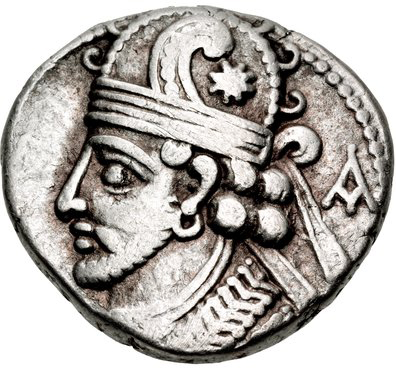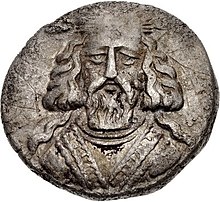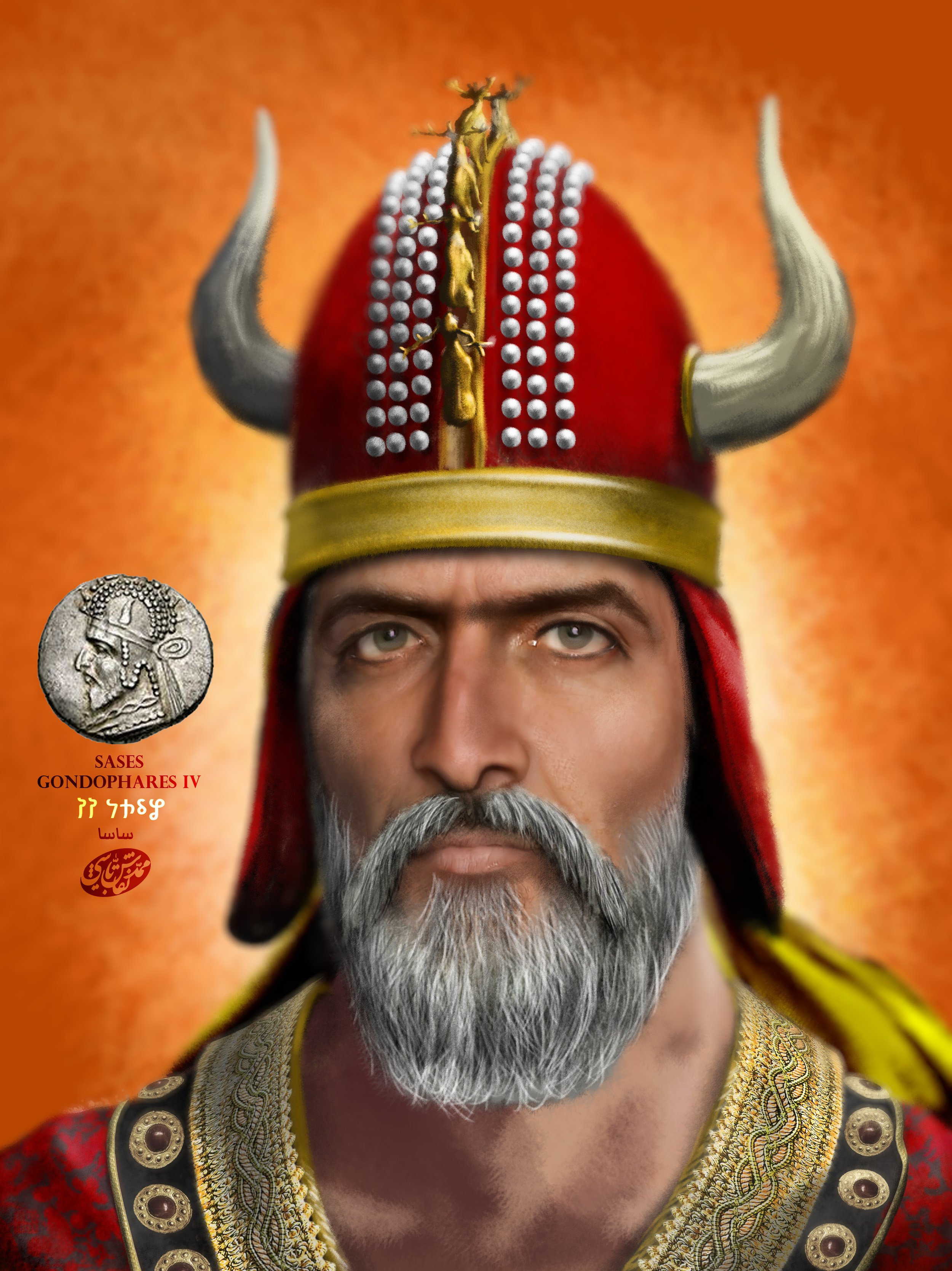
Pokoros I
Coins
Pacores, also known as Pakores, was a king who ruled the remnants of the Indo-Parthian Kingdom in Arachosia from approximately 100 to 130 AD, succeeding Ubouzanes. He is well-known for the coins minted during his reign, primarily silver drachms and tetradrachms, which were produced in Seistan and Kandahar. The chronology of his reign can be determined by the fact that many of his coins overstrike those of Vima Takto, indicating that he followed or was contemporary with this Kushan ruler. Pacores is considered the last well-attested ruler of the Indo-Parthian Kingdom in this region, with only a few coins from later rulers like Abdagases II being found after his time.

Artabanus II
Coins
Artabanus II was a king of the Parthian Empire, who reigned from approximately 10 to 38 AD. He was a member of the Arsacid dynasty, succeeding his brother Artabanus I. His reign was marked by internal strife and conflicts with external forces, particularly the Roman Empire. Artabanus II's rule was characterized by a power struggle against Roman influence in the region, including conflicts with the Roman-backed Armenian monarchy. During his reign, the Parthian Empire faced instability due to factionalism and challenges from rival claimants to the throne. Artabanus II's reign ultimately ended in 38 AD, when he was overthrown and killed by his rival, the Roman-backed Tiridates, who became the king of Armenia. Despite this, Artabanus II is remembered as part of the Arsacid line that continued to rule the Parthian Empire for several more centuries.

Gondophares
Coins
Gondophares was a king of the Indo-Scythian or Parthian Kingdom, who ruled in the region of modern-day Afghanistan, Pakistan, and northwest India during the 1st century AD. He is most famous for being one of the earliest rulers to be associated with the establishment of the Gondophares dynasty, which was likely of Parthian or possibly mixed Parthian and local descent. Gondophares is best known for his connection to early Christianity. According to some Christian traditions, he is thought to have been the ruler who encountered the Apostle Thomas, with some legends suggesting that Thomas traveled to his court in India to spread Christianity, although this account is not definitively historical. His reign is dated roughly between 20-40 AD, though the exact dates are debated. His kingdom was located in the region of Gandhara and parts of Punjab, which were influenced by the Parthian Empire and had strong Hellenistic and local traditions.
